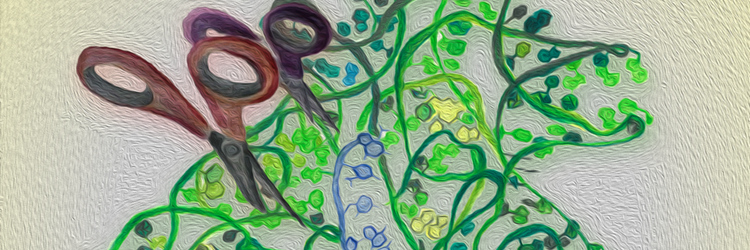

The research activity of the group is dedicated to study of the molecular mechanism of major human diseases.
The computational biology and medicine group is devoted to understand the mechanism of complex biological molecules or biomolecular machines involved in the onset of major human diseases, in rationalizing the efficacy of drugs in clinical use. The group then exploits this information for a rational drug discovery of new more effective molecules and/or novel therapeutic strategies.
The laboratory is equipped with two workstations to run virtual screening and 4 graphic GPUs, most of the computer time for simulations is attained via computing grants at the Italian supercomputing center and at the Juelich Computing center.
1) Drug-discovery protocols: the group apply and develop state of the art protocols ranging from in silico virtual screening to biased and unbiased molecular dynamics, mixed quantum-classical QM/MM, supported by different types of correlations analysis to dissect how drugs binding affect the signaling network of proteins.
2) Development of a scoring function (statistical implicit method) to predict permeability of small molecules through nanopores
Study of novel therapeutic approaches to counteract breast cancer by developing either novel strategies of inhibition of the aromatase enzyme (the enzyme producing estrogens) or the modulation of the estrogen receptor the molecule that upon estrogen binding stimulates breast cancer cell proliferation. This is done by in silico virtual screening on commercial molecules, complemented by biased and unbiased molecular dynamics (MD) simulations or on molecules synthesized by our collaborators, which are then tested in vitro on breast cancer cell lines.
Understanding the molecular mechanism of gene regulation expression. Namely, understanding the splicing mechanism i.e. the removal of non-coding tracts of RNA (introns) and joining together coding regions (exon) of an RNA filaments. In this line, we are also assessing the impact of pathogenic mutations involved in the onset of hematological malignancies, trying to understand the mechanism of known small molecules splicing modulators and design new ones
We rationalize the molecular mechanism of Cu(I) transport in the body and design peptide-minetic inhibitors able to regulate it copper homeostasis. Dysregulation of Cu(I) homeostasis has been indeed associated to many human diseases such as the Menkes’ and Wilson’s diseases and cancer as well as resistance to anticancer drugs, and neurodegeneration (Parkinson’s, Alzheimer’s and Prion’s diseases) via MD simulations
The computational biology and medicine group is devoted to understand the mechanism of complex biological molecules or biomolecular machines involved in the onset of major human diseases, in rationalizing the efficacy of drugs in clinical use. The group then exploits this information for a rational drug discovery of new more effective molecules and/or novel therapeutic strategies.
Understanding the inhibition mechanism of drugs recently identified for an aggressive and incurable form of brain cancer (gliome and glioblastome) via repositioning of already approved drugs and identify new more effective drugs via in silico screening and MD simulations
EPFL, Lausanne CH
National Institute of Chemistry, Ljubljana, Slovenia
University of California at Riverside USA
Juelich Forschungzentrum, Juelich, Germany
Jacobs University, Bremen, Germany